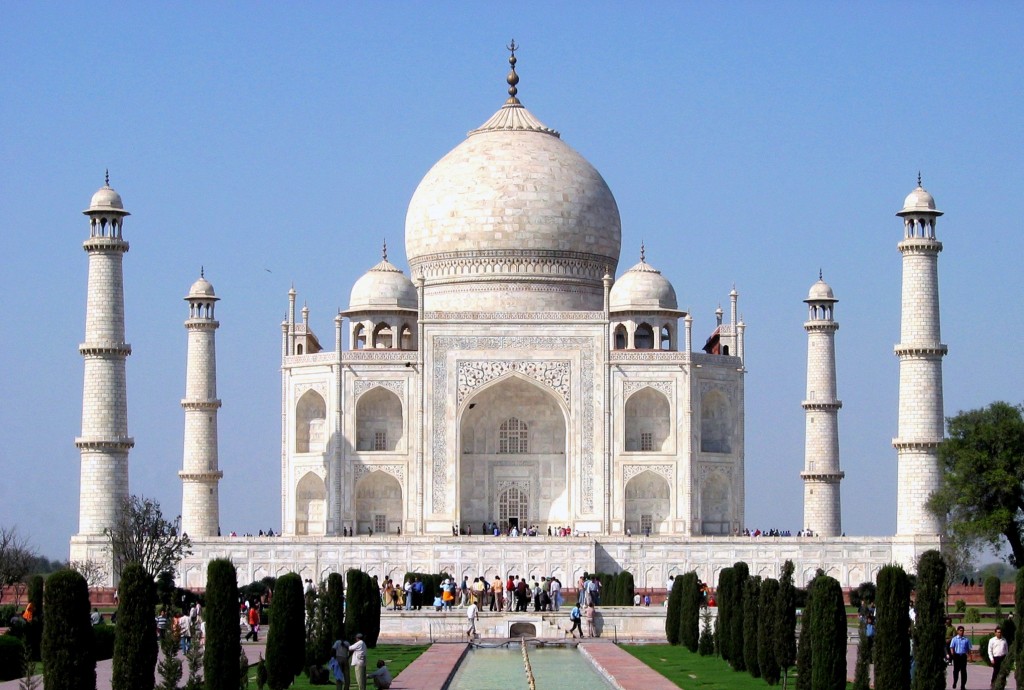


Location: India is a country located in South Asia, bordered by the Indian Ocean to the south, the Arabian Sea to the southwest, and the Bay of Bengal to the southeast.

Population: India is the second-most populous country in the world, with over 1.3 billion people.
Capital City: The capital city of India is New Delhi.
Official Language: India recognizes 22 officially recognized languages, including Hindi and English.
Government: India is a federal parliamentary democratic republic. It has a President as the head of state and a Prime Minister as the head of government. The government is divided into three branches: executive, legislative, and judicial.
Literacy: India has made significant progress in improving literacy rates, with around 74% of the population being literate according to the latest census data.
National Symbols:


Religion: India is religiously diverse, with Hinduism being the largest religion, followed by Islam, Christianity, Sikhism, Buddhism, and Jainism. It is also home to smaller communities of Jews, Zoroastrians, and others.
Currency: The currency used in India is the Indian Rupee (INR).

Geography:
Wildlife:
Climate:
History:
Culture:

National Park: India has numerous national parks and wildlife sanctuaries, including Ranthambore National Park, Jim Corbett National Park, and Kaziranga National Park, which are known for their biodiversity and conservation efforts.
National Games: Cricket is the most popular sport in India, with millions of fans across the country. Other popular sports include field hockey, football (soccer), badminton, and kabaddi.

Festivals: India celebrates numerous festivals throughout the year, including Diwali (Festival of Lights), Holi (Festival of Colors), Eid al-Fitr, Durga Puja, and Christmas. These festivals are marked by feasting, music, dance, and religious ceremonies.
Transportation: India has a vast and diverse transportation network, including railways, roadways, airways, and waterways. The Indian Railways is one of the largest rail networks in the world, and major cities have well-developed public transit systems.
Multiculturalism: India is known for its cultural diversity, with people from various linguistic, ethnic, and religious backgrounds living together harmoniously. It is often referred to as a "melting pot" of cultures, languages, and traditions.
Inventions: India has made significant contributions to science, mathematics, medicine, and technology throughout history. Some notable inventions and discoveries include the concept of zero, the decimal system, Ayurveda (traditional medicine), and the discovery of the Raman effect by C.V. Raman.
© 2023 World Travel